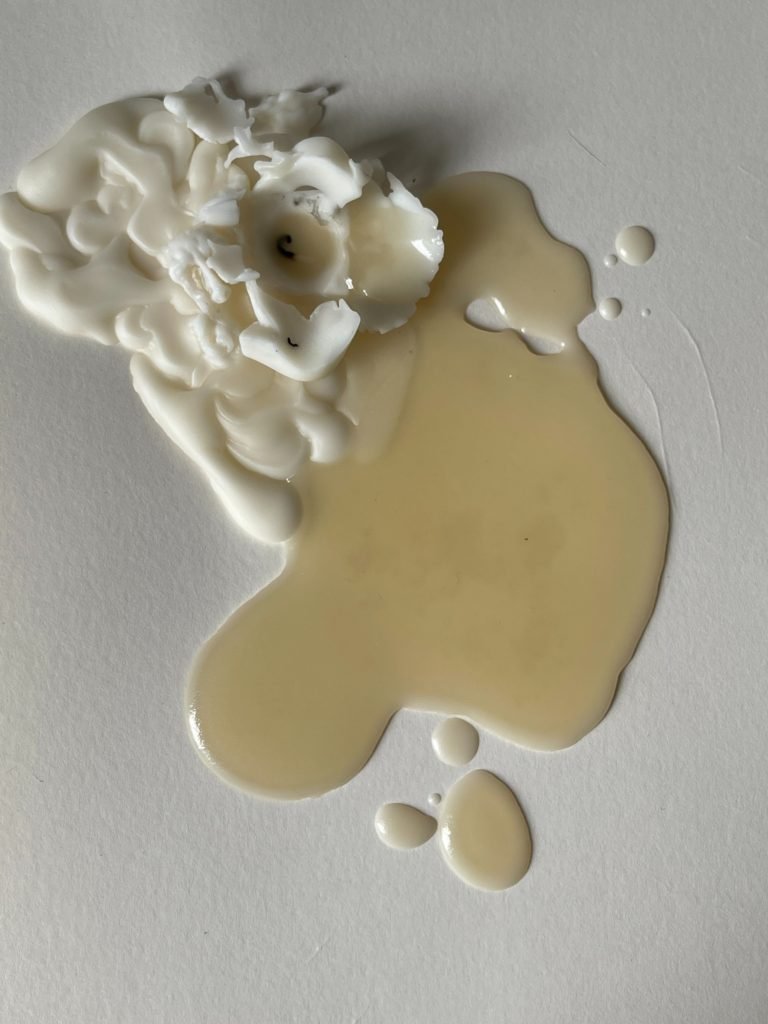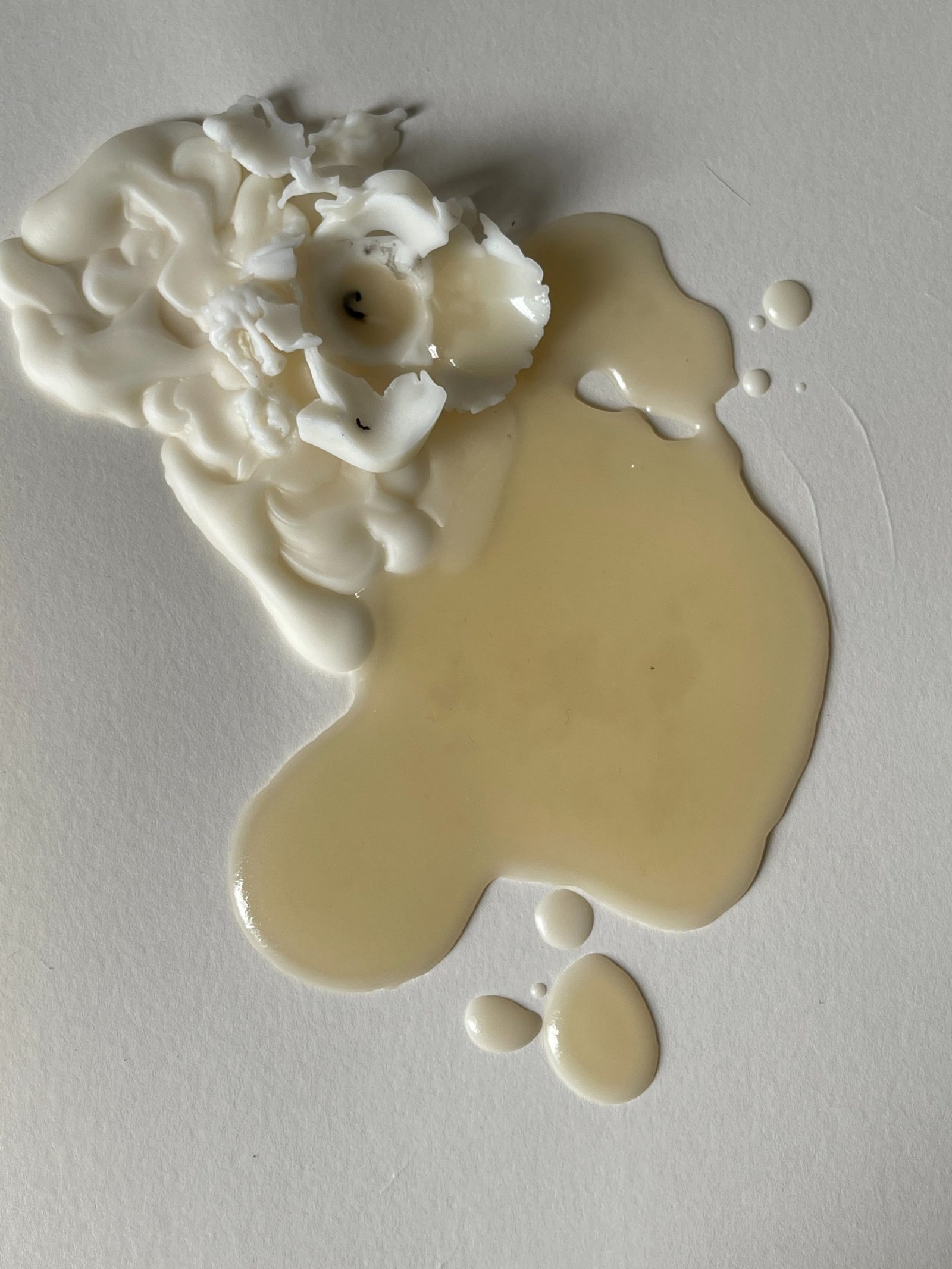
How to Clean Candle Wax
Table of Contents
Introduction
Candles are a wonderful addition to any home, they create a warm and cozy ambiance and can be used to set the mood for different occasions. However, as candles burn, they leave behind wax residue that can build up over time. This wax buildup can occur on a variety of surfaces, such as glass, metal, wood, fabric, and carpet. Not only is the wax buildup unsightly, but it can also damage surfaces and leave behind unpleasant smells. Additionally, if left unattended, the wax buildup can also be a fire hazard. Cleaning candle wax is an essential step in maintaining the appearance and hygiene of your home, as well as ensuring safety concerns are taken care of.
When cleaning candle wax, it’s important to use the right tools and techniques to ensure that the wax is removed without causing damage to the surfaces or leaving behind any residue. In this blog post, we will be discussing the materials and tools needed for cleaning candle wax, as well as providing step-by-step instructions on how to remove wax from both non-porous and porous surfaces. We will also share tips on preventing wax buildup, so you can enjoy your candles without worrying about the mess they leave behind. By learning how to properly clean candle wax, you can ensure that your home stays looking and smelling fresh, and avoid any potential hazards.
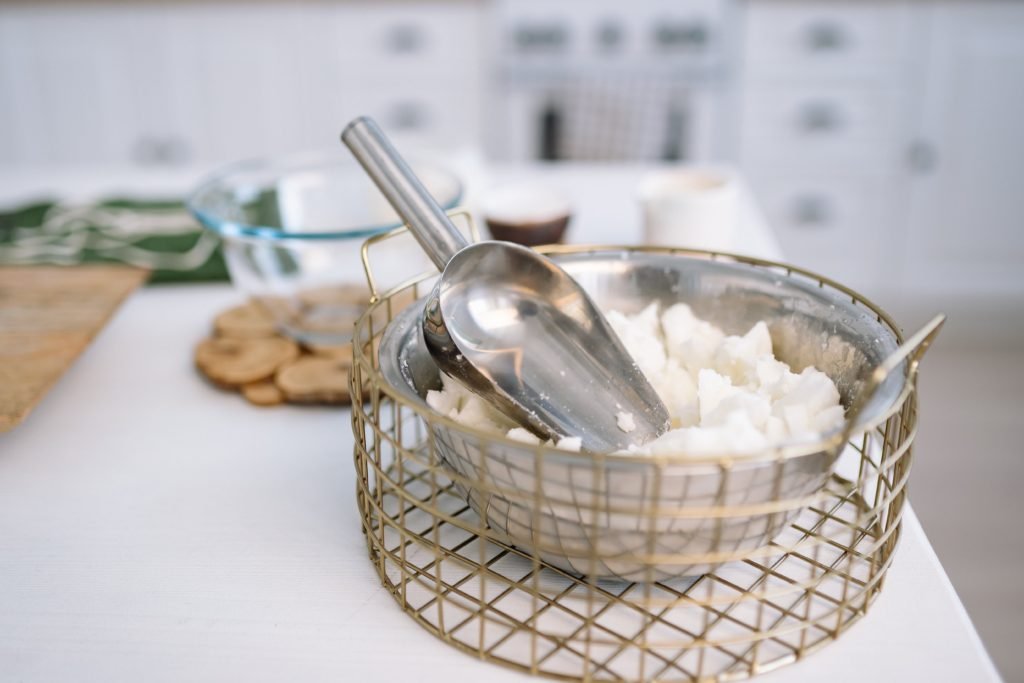
Materials Needed:
- Plastic scraper
- Paper towels or cloths
- Heat source, such as a hairdryer or heat gun
- Cleaning solution (such as dish soap and water or white vinegar and water)
- Gloves
- Trash bag or container
- Vacuum cleaner (for wax on carpets)
- Iron (for wax on fabrics)
It’s important to note that when cleaning candle wax, you should use caution and take appropriate safety measures. Use gloves to protect your skin, and be sure to work in a well-ventilated area. It’s also a good idea to place a trash bag or container nearby to easily dispose of the wax scraps.
A plastic scraper will be useful for scraping off the majority of the candle wax from the surface. The heat source, such as a hairdryer or heat gun, will be useful for softening the remaining wax for easy removal. A cleaning solution can be used to dissolve and remove the remaining wax, especially for porous surfaces. Paper towels or cloths can be used to wipe up the wax and cleaning solution. For fabrics, an iron can be used to remove the wax, and for carpets, a vacuum cleaner can be used to remove the wax.
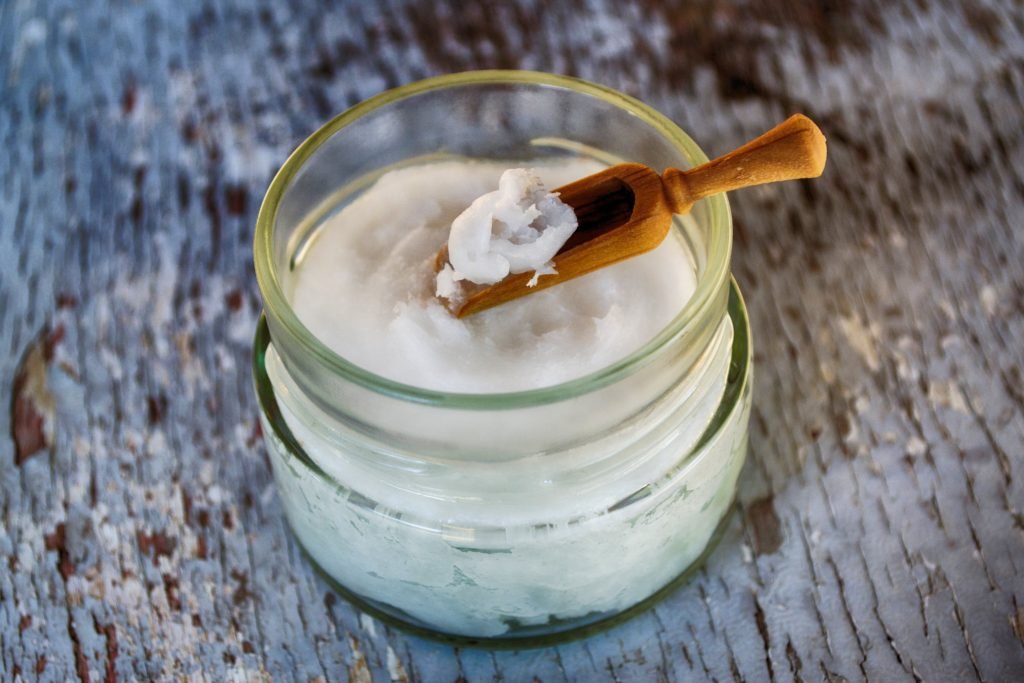
Step-by-step instructions on how to remove wax from non-porous surfaces
- Start by using a plastic scraper to remove as much candle wax as possible from the surface. Hold the scraper at a slight angle to the surface and scrape in the direction of the wax pool. Be careful not to scratch the surface.
- Next, apply heat to the remaining wax with a hairdryer or heat gun. Hold the heat source about 6 inches away from the surface and move it back and forth over the wax. The heat will soften the wax, making it easier to remove.
- Once the wax has been softened, use paper towels or a clean cloth to wipe away the wax. Make sure to wipe in the direction of the wax pool to avoid spreading the wax.
- Repeat the process of heating and wiping until all the wax has been removed.
- After the wax has been removed, wipe the surface with a clean, damp cloth to remove any remaining residue.
- If the surface is still dirty or greasy, use a mild detergent or all-purpose cleaner to clean the surface. Rinse the surface with clean water and dry it with a clean cloth.
- For tough stains, you may use a specialized cleaning solution specifically designed for cleaning candle wax.
- Finally, remember to test the solution or cleaner on a small, inconspicuous area of the surface before using it on the entire surface to ensure it does not damage the surface.
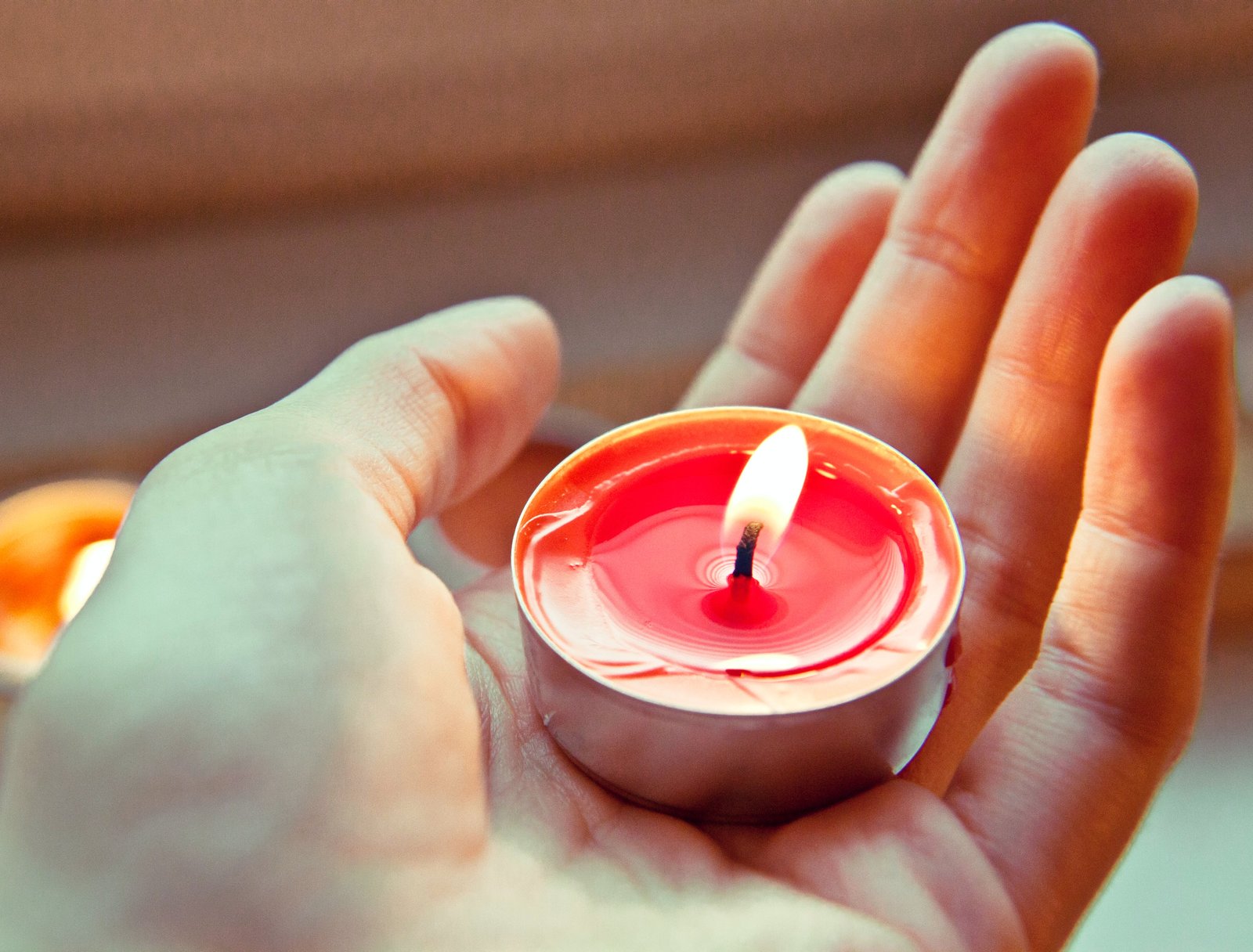
Step-by-step instructions on how to remove wax from porous surfaces
- Start by using a plastic scraper to remove as much wax as possible from the surface. Hold the scraper at a slight angle to the surface and scrape in the direction of the wax pool. Be careful not to scratch the surface or damage the fibers of the fabric or carpet.
- Next, apply heat to the remaining wax with a hairdryer or heat gun. Hold the heat source about 6 inches away from the surface and move it back and forth over the candle wax. The heat will soften the wax, making it easier to remove.
- Once the wax has been softened, use a cleaning solution or a mixture of water and vinegar to dissolve and remove the remaining wax. For a cleaning solution, you can use specialized wax removers or a mixture of dish soap and warm water. For the mixture of water and vinegar, use one part white vinegar to three parts water.
- Using a clean cloth or sponge, gently blot the affected area with the cleaning solution or mixture, being careful not to saturate the surface. Repeat the process until the wax is removed.
- After removing the wax, rinse the surface with clean water and dry it with a clean cloth.
- For tough stains, you may use a specialized cleaning solution specifically designed for cleaning candle wax.
- Finally, remember to test the solution or cleaner on a small, inconspicuous area of the surface before using it on the entire surface to ensure it does not damage the surface or leave a stain.

Tips on how to prevent wax buildup
- Trim the wicks of your candles before lighting them. Long wicks can cause excessive wax buildup and can lead to a larger flame, which can be a fire hazard.
- Use heat-resistant candle holders. Glass or metal candle holders will help to dissipate heat and prevent wax from pooling and overflowing.
- Avoid burning candles in drafty areas. Wind can cause the flame to flicker and create a large amount of soot, which can lead to wax buildup on the sides of the candle and the surrounding area.
- Keep the candle on a level surface. When the candle is not level, it can cause the wax to pool unevenly and overflow.
- Don’t burn candles for too long at a time. Long burn time can cause excessive wax buildup and can be a fire hazard. Follow the candle manufacturer’s instructions for the recommended burn time.
- Keep an eye on your candles. While burning, if you notice the candle is producing a lot of smoke, extinguish it and let it cool down before relighting it, this will reduce the soot buildup.
- Store candles in a cool, dry place. Extreme temperatures can cause candles to soften and lose their shape, making them more prone to wax buildup.
- Clean up wax spills promptly, as soon as the wax has cooled and hardened, it will be much harder to remove.
By following these tips, you can help prevent wax buildup and keep your candles looking and burning their best.

Conclusion
Candles are a popular way to add ambiance and fragrance to any room, but they can also leave behind wax buildup on various surfaces. Cleaning candle wax can be a bit of a challenge, but it’s important to keep your home clean and safe.
To remove wax from non-porous surfaces, such as glass and metal, use a plastic scraper to remove as much wax as possible, apply heat with a hairdryer or heat gun to soften the wax, and use paper towels or a cloth to wipe away the softened wax. On porous surfaces, such as wood and fabric, use a plastic scraper to remove as much wax as possible, apply heat with a hairdryer or heat gun to soften the wax, and use a cleaning solution or a mixture of water and vinegar to dissolve and remove the remaining wax.
Preventing wax buildup is also important. To prevent wax buildup, trim the wicks of your candles before lighting them, use heat-resistant candle holders, avoid burning candles in drafty areas, keep the candle on a level surface, don’t burn candles for too long at a time, keep an eye on your candles, store candles in a cool, dry place, clean up wax spills promptly.
We hope that this information has been helpful in providing you with the steps and tips for cleaning candle wax. Remember to share this knowledge with friends and family to help keep their homes clean and safe as well.
